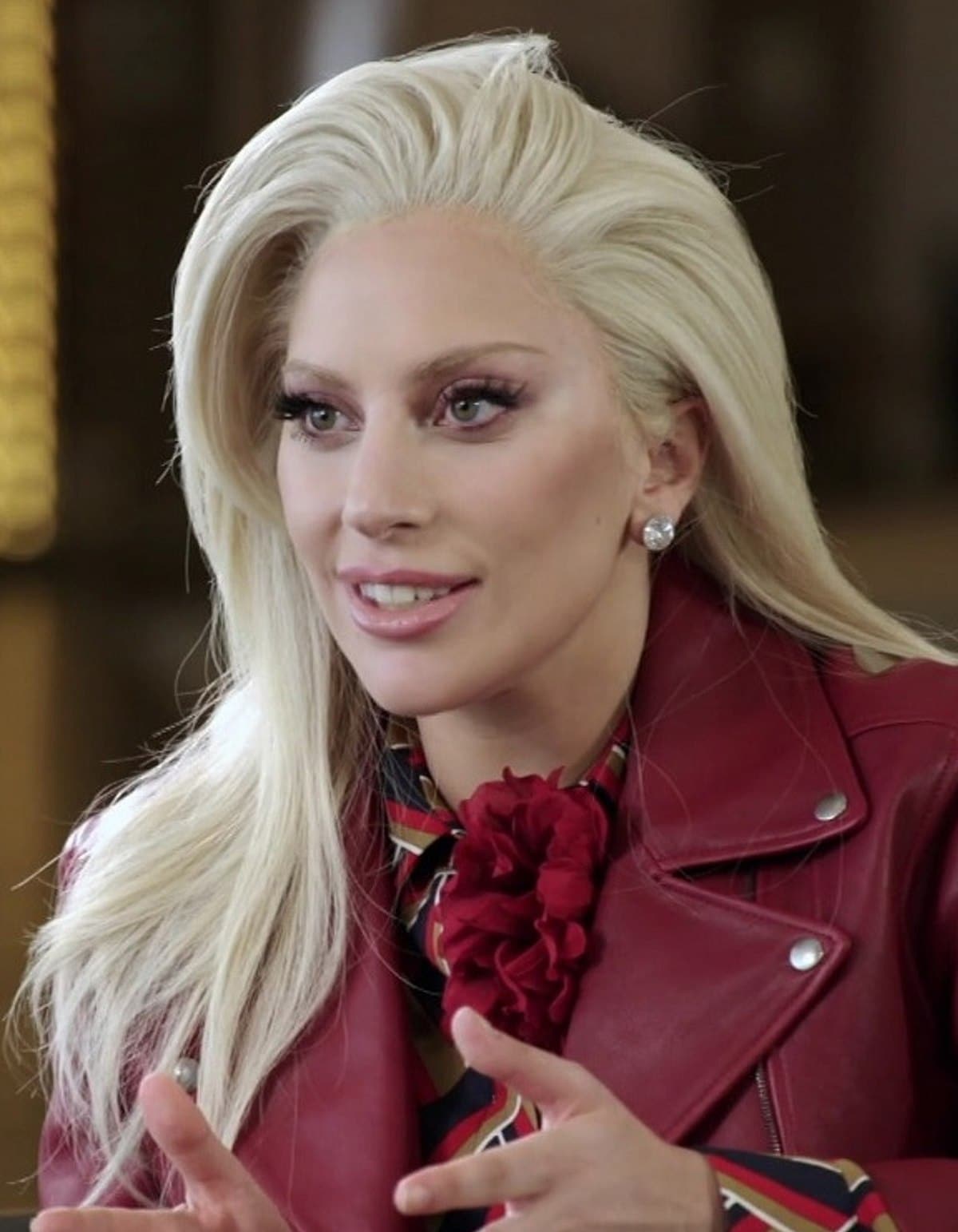Deep in the heart of Central Texas, there’s a place where wildflowers stretch as far as the eye can see and the landscapes feel like they were painted by the hands of nature herself. The Lady Bird Johnson Wildflower Center, nestled just ten miles south of downtown Austin, is more than just a pretty garden—it’s the official state botanical garden and arboretum of Texas. With over 900 species of native plants, it’s a living celebration of the Lone Star State’s natural heritage.
Founded by former First Lady Lady Bird Johnson and conservationist Helen Hayes, the center was created with a clear mission: to inspire the conservation of native plants. Over the years, it has become a hub for education, research, and environmental stewardship, drawing visitors who want to connect with the land in a meaningful, grounded way. Whether you're a gardener, a hiker, or just someone who appreciates the quiet beauty of untouched nature, this place feels like a secret worth discovering.
So, if you’re curious about what makes this spot so special, or maybe you're planning a visit and want to know what to expect, stick around. This post dives into everything from the center’s history to its current offerings, and even tips to help you make the most of your time here.
Table of Contents
- The Story Behind the Lady Bird Johnson Wildflower Center
- What You’ll Discover at the Wildflower Center
- Planning Your Visit: Hours, Tickets, and Tips
- Why the Center Matters for Native Plant Conservation
- Frequently Asked Questions (FAQ)
The Story Behind the Lady Bird Johnson Wildflower Center
Lady Bird Johnson, the former First Lady of the United States, had a deep love for the natural beauty of Texas. She believed that wildflowers were more than just pretty sights along the roadside—they were a vital part of the state’s identity. So, in 1982, she co-founded the Wildflower Center with Helen Hayes MacMillan, hoping to protect and promote the use of native plants across Texas and beyond.
Over the years, the center grew from a small plot of land into a sprawling 284-acre sanctuary dedicated to native flora. In 1995, it became affiliated with The University of Texas at Austin, which helped expand its research and educational programs. The center’s mission remains true to Lady Bird’s vision: to conserve native plants and landscapes for future generations.
Today, the Lady Bird Johnson Wildflower Center is a living tribute to her legacy. The grounds are filled with native wildflowers, trees, and grasses, each playing a role in preserving Texas’s ecological heritage. Visitors often describe the experience as both peaceful and educational, with trails winding through different ecosystems, from prairies to woodlands.
What You’ll Discover at the Wildflower Center
Once you step onto the grounds of the Lady Bird Johnson Wildflower Center, you’re greeted by a kaleidoscope of color and texture. The center features more than 900 species of native Texas plants, carefully curated to reflect the diverse ecosystems found throughout the state.
Here’s a quick look at what you can expect during your visit:
- Native Plant Gardens: Explore themed gardens that showcase Texas’s rich biodiversity, from Hill Country meadows to desert blooms.
- Trails: Take a walk along the center’s trails, which range from easy strolls to more rugged paths through native habitats.
- Travis: A 100-year-old live oak tree that has become a symbol of resilience and beauty.
- Wildflower Meadow: One of the most popular spots, especially during spring when bluebells, Indian paintbrush, and coneflowers are in full bloom.
- Learning Center: Engaging exhibits and interactive displays help visitors of all ages understand the importance of native plants.
One of the things that makes the Wildflower Center stand out is how it blends beauty with purpose. Every garden, every trail, and every plant has a role to play in educating the public and supporting local wildlife. Butterflies, bees, and birds are common sights, drawn to the native plants that provide food and habitat.
If you're looking for a quiet escape or a place to learn more about Texas’s natural world, the Lady Bird Johnson Wildflower Center delivers on both fronts. And if you’re wondering what’s in bloom right now, the center’s website has a “What’s Blooming” page that updates regularly—so you can plan your visit accordingly.
Planning Your Visit: Hours, Tickets, and Tips
The Lady Bird Johnson Wildflower Center is open daily from 9:00 AM to 5:00 PM, with last entry at 4:00 PM. It’s closed on major holidays like Thanksgiving, Christmas, and New Year’s Day. Admission prices are as follows:
- Adults: $15
- Seniors (65+): $12
- Students (with ID): $10
- Youth (ages 5–17): $5
- Children under 5: Free
Members of the center get free admission, so if you plan to visit more than once a year, a membership might be a good investment. The center also offers special events throughout the year, including seasonal festivals, guided walks, and workshops on native gardening. You can learn more about these events on their events page.
Here are a few tips to make your visit even more enjoyable:
- Wear comfortable shoes—you’ll be walking a lot, and some trails are a bit uneven.
- Bring water and sunscreen, especially during the summer months.
- Check the calendar before you go to see if there are any special exhibits or activities happening.
- Visit early in the morning or late in the afternoon for cooler temperatures and fewer crowds.
And if you’re looking for a place to grab a bite after your visit, the center has a small café with light snacks and drinks. You can also pack a picnic and enjoy it in the designated picnic areas—just be sure to bring your own blanket and clean up after yourself.
Why the Center Matters for Native Plant Conservation
At its core, the Lady Bird Johnson Wildflower Center is more than just a beautiful place to visit—it’s a leader in native plant conservation. The center works with communities, schools, and government agencies to promote the use of native plants in landscaping, helping reduce water usage, support pollinators, and restore natural habitats.
Native plants are uniquely adapted to Texas’s climate, meaning they require less water, fertilizer, and maintenance than non-native species. By promoting their use, the center helps homeowners and landscapers create sustainable gardens that support local wildlife and reduce environmental impact.
One of the center’s key initiatives is the Native Plant Network, which provides resources and guidance to individuals and organizations interested in using native plants. They also run educational programs for schools, host plant sales, and offer training for gardeners and horticulturists.
So, if you’re interested in learning how you can bring a bit of the Wildflower Center to your own backyard, the center offers a wealth of information online. Check out their Native Plant Database to find species suited to your region and growing conditions.
Frequently Asked Questions (FAQ)
Can I bring my dog to the Lady Bird Johnson Wildflower Center?
Yes, leashed dogs are welcome in the gardens and on the trails, but they are not allowed in the building or special exhibits. Be sure to bring water for your pet and clean up after them.
Are there guided tours available?
The center offers seasonal guided walks led by expert volunteers. These tours are included with general admission, but space is limited. Check the events calendar for dates and times.
Can I get married or host an event at the Wildflower Center?
Absolutely! The center is a popular venue for weddings, corporate events, and private gatherings. Its scenic landscapes and natural beauty make it a unique setting for any special occasion. Learn more about venue rentals here.
Final Thoughts
The Lady Bird Johnson Wildflower Center is more than a garden—it’s a place where nature, education, and conservation come together in a meaningful way. Whether you’re visiting for the beauty, the history, or the chance to learn something new, there’s something here for everyone.
If you’ve never been before, now’s the perfect time to plan a trip. Take a walk through the wildflower meadows, explore the gardens, or just sit quietly under one of the towering trees and listen to the sounds of nature. It’s a reminder of how beautiful and resilient the natural world can be when we take the time to protect it.



Detail Author:
- Name : Marjory Lind
- Username : lweimann
- Email : schuster.yvonne@yahoo.com
- Birthdate : 1991-10-05
- Address : 444 Loma Mills New Ila, RI 11538-5236
- Phone : +1-540-424-4310
- Company : Morar-Kub
- Job : Psychiatrist
- Bio : Rerum placeat architecto tenetur impedit. Et aliquid ex est. Sit praesentium consequuntur incidunt corporis libero harum et. Qui commodi est qui similique et necessitatibus.
Socials
instagram:
- url : https://instagram.com/kimberly8479
- username : kimberly8479
- bio : Ratione ut libero aut error minus sed. Eveniet occaecati rerum autem et nesciunt minima illo et.
- followers : 1833
- following : 2345
facebook:
- url : https://facebook.com/kimberly_id
- username : kimberly_id
- bio : Sapiente minus commodi suscipit. Libero dolor ab sequi ut sit.
- followers : 6254
- following : 1671
linkedin:
- url : https://linkedin.com/in/borer1990
- username : borer1990
- bio : Quaerat voluptas ex reiciendis fuga non officia.
- followers : 5227
- following : 980
twitter:
- url : https://twitter.com/kimberly3432
- username : kimberly3432
- bio : Quod ut dolores ullam rerum corrupti assumenda. Et rem non amet vel magni. Veniam voluptate enim eligendi assumenda autem nemo rem.
- followers : 4266
- following : 1034
tiktok:
- url : https://tiktok.com/@kimberly_borer
- username : kimberly_borer
- bio : Cum necessitatibus voluptas labore.
- followers : 3718
- following : 1505

